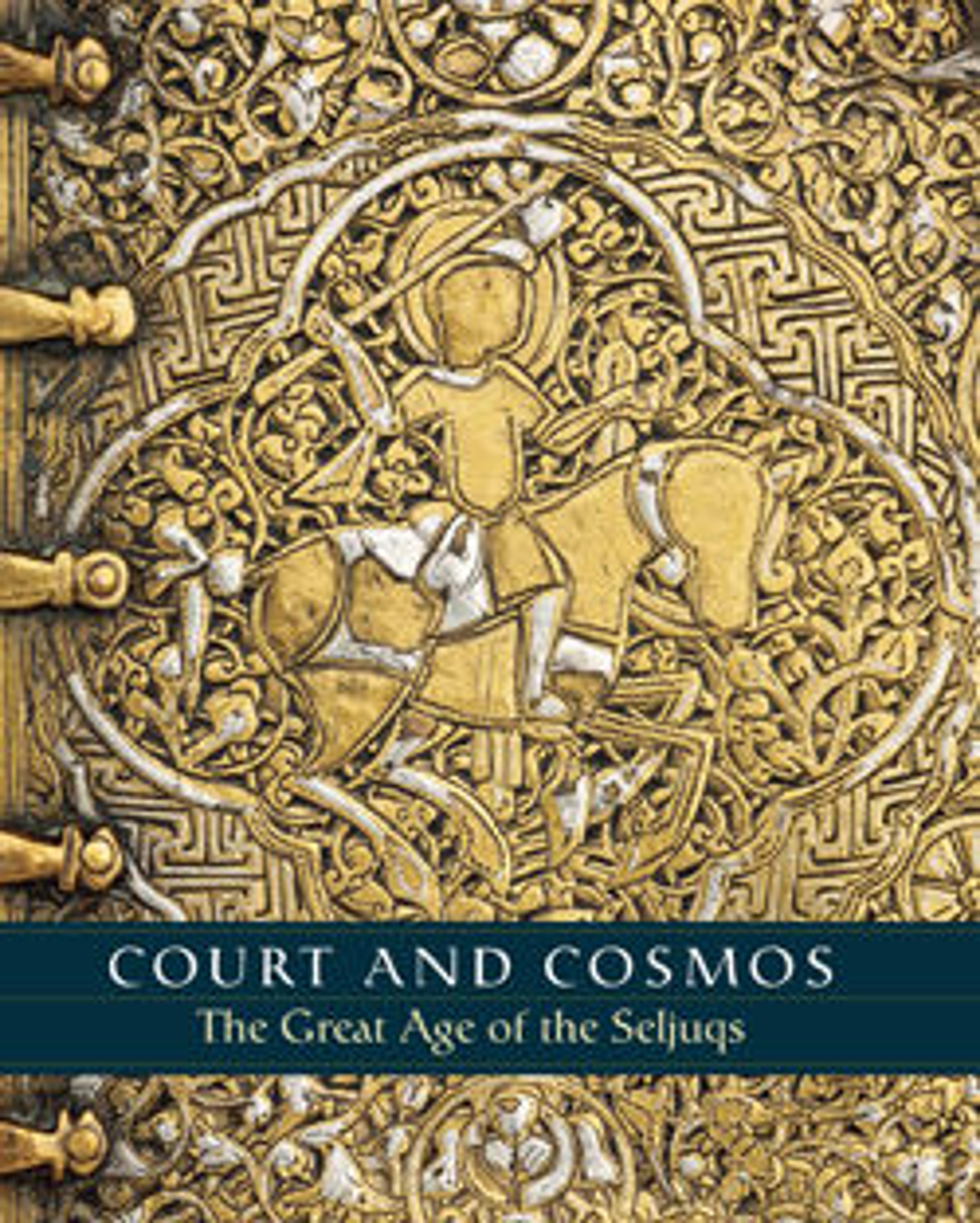Ceramic Bowl Inscribed with "'Izz" ("Glory")
Bowls such as this one were typical tableware used daily by well-to-do, middle-class owners for liquid or solid food. This example’s biconical shape with a high, slightly conical foot was common in ceramics during the twelfth and thirteenth centuries in both the eastern and the western spheres of the Seljuq realm. Its decorative elements, formulaic benedictory inscriptions—baraka kamila (consummate blessing) in radiating panels, and al-‘izz (glory) repeated four times in reserve on a ground of spirals—and color palette are characteristic of ceramics produced in Raqqa and elsewhere in Greater Syria.
Artwork Details
- Title:Ceramic Bowl Inscribed with "'Izz" ("Glory")
- Date:12th century
- Geography:Attributed to Syria, probably Raqqa
- Medium:Stonepaste; underglaze-painted, glazed (transparent colorless), luster-painted
- Dimensions:H. 4 11/16 in. (11.9 cm)
Diam. 9 1/4 in. (23.5 cm)
Wt. 18.8 oz. (533 g) - Classification:Ceramics
- Credit Line:H.O. Havemeyer Collection, Gift of Horace Havemeyer, 1948
- Object Number:48.113.6
- Curatorial Department: Islamic Art
More Artwork
Research Resources
The Met provides unparalleled resources for research and welcomes an international community of students and scholars. The Met's Open Access API is where creators and researchers can connect to the The Met collection. Open Access data and public domain images are available for unrestricted commercial and noncommercial use without permission or fee.
To request images under copyright and other restrictions, please use this Image Request form.
Feedback
We continue to research and examine historical and cultural context for objects in The Met collection. If you have comments or questions about this object record, please contact us using the form below. The Museum looks forward to receiving your comments.
